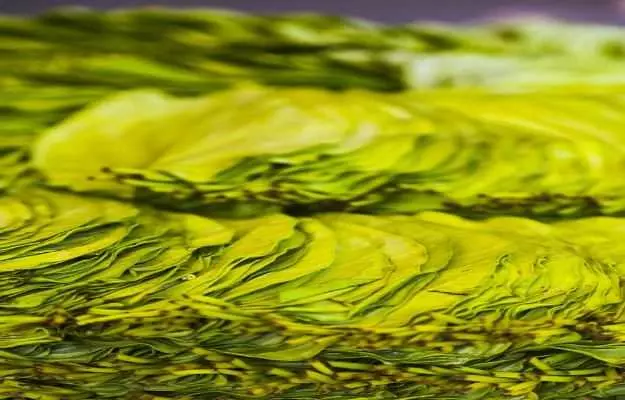Betel leaf or pan ka patta holds a special place in every Indian household. Whether you are serving it as a mouth freshener, using it for relieving mouth sores or as a holy item in Hindu rituals and ceremonies, this heart-shaped leaf literally remains at the heart of it all.
You might be curious to know that betel leaf or paan has been a part of Indian culture since the ancient times (about 400 BC) and the tradition of chewing betel leaves after meals is as old as 75 AD. In fact, it is considered a symbol of luxury and leisure in traditional Indian scriptures and formed an important part of royal kitchens.
Not a fan of paan? You might be once you get to know the many benefits it provides for your health.
Betel leaves are proven to be good for your oral hygiene and are an excellent antiseptic. They are also considered to be good for your heart and liver. Though it is important to note that all of these benefits are restricted to betel leaf alone without the addition of areca nut and lime, which are known to increase the risk of oral cancer.
In this article, you’ll know more about the traditional and well-known benefits of this famous leaf along with scientific evidence to back these claims.
But before we dive into research studies, here are some basic facts you may like to know about betel leaf:
- Botanical name: Piper betel
- Family: Piperaceae
- Common name: Betel leaf, paan ka patta
- Native region and geographical distribution: Betel plant is a native of Indonesia. It is now grown in India, Thailand, Malaysia, Myanmar and Vietnam.
























